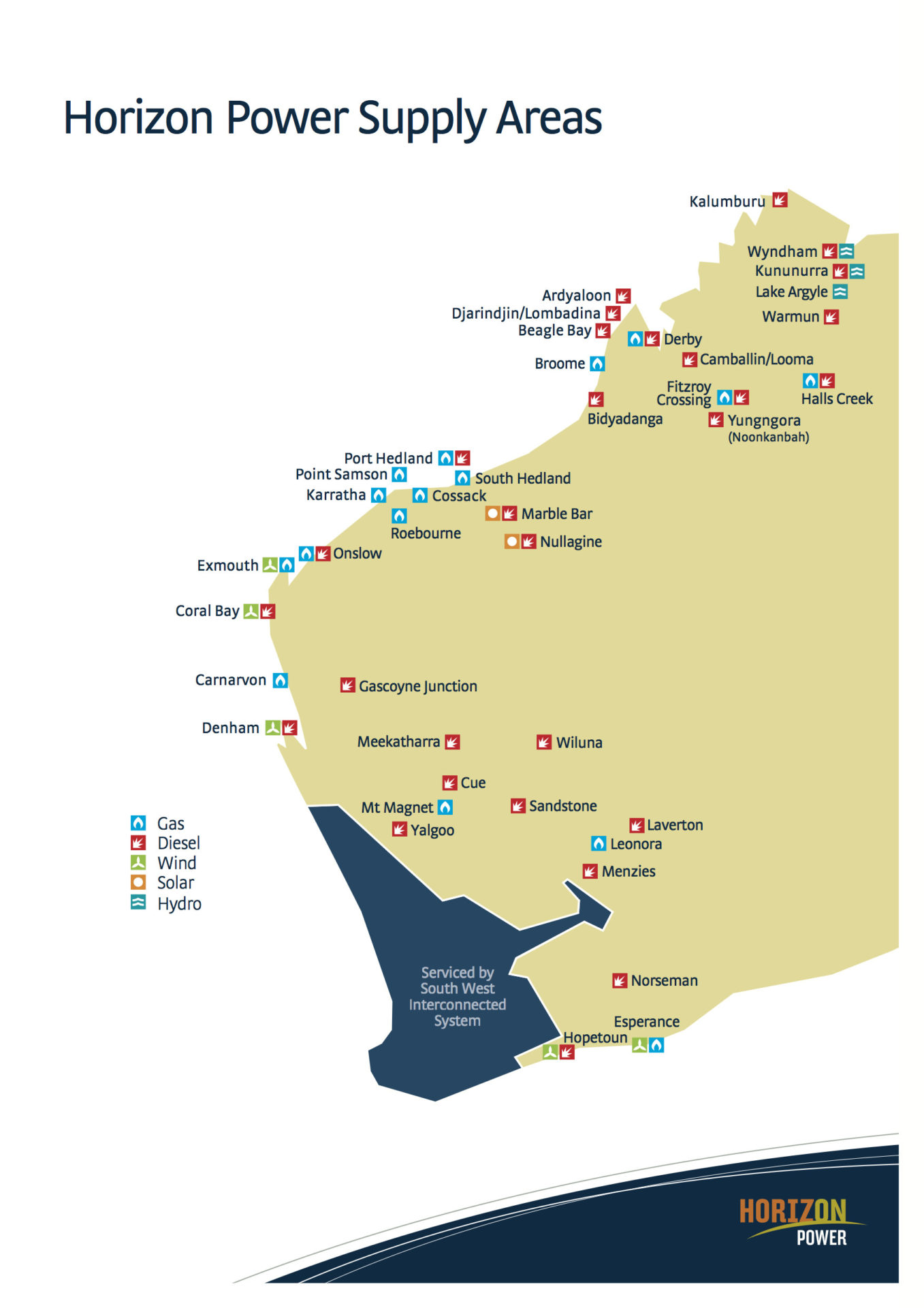Around 20% of the homes in Western Australia have solar panels installed on their roofs, according to the APVI. This makes WA the Australian state with the 3rd highest concentration of residential solar in the country, after Queensland and South Australia (about 30% each). Many of these households are likely to be considering installing a battery storage system to capture their excess solar energy for evening use. What are the key things to keep in mind when deciding on a storage system in Western Australia?
Power bill savings vs energy independence
First of all, let’s talk about goals – what do you hope to achieve by going solar? Most WA households (and Australian households in general) are interested in solar because it promises savings on electricity bills. However, a smaller but non-negligible contingent of Australians see solar as a great way to increase their energy self-reliance and reduce their environmental impact. These goals usually go hand-in-hand.
However, in cases when the home’s primary goal is to cut reliance on the grid altogether, they can be at odds with one another; running your home on only solar+batteries – without any grid backup – can be an expensive endeavour if you want the same sort of reliability that the grid offers.
Even if your home remains on-grid with solar+storage, the economics may not pan out; remember that batteries do not produce power themselves, they only allow you more flexibility with regard to the timing of its use. Because of this, solar+battery systems tend to have longer payback times and poorer returns than solar-only systems.
 Horizon grid or Synergy grid
Horizon grid or Synergy grid
Western Australia may as well be divided into two separate states when it comes to solar & storage: Homes on the Synergy grid in southeastern WA are in a very different situation from those on the Horizon grid.
If you’re on the Synergy network, then regardless of exactly where you are, the case for installing batteries will remain essentially the same. Either you have access to a generous solar feed-in tariff – in which case it’s almost certainly not in your economic interest to install batteries – or you do not have a feed-in tariff, in which case batteries could potentially help you save more money on your energy bills by enabling you to get more value out of the energy that your solar panels produce.
In essence, the guidelines that we published which apply for Perth residents apply to almost anyone on the Synergy grid – we encourage you to read them.
If you’re on the sprawling Horizon grid, on the other hand, matters are significantly more complex. Depending on your geographic location, the requirements and benefits for having a grid-connected solar system vary significantly. In some towns, the solar feed-in tariff incentive may be as much as 50c/kWh – a substantial amount, while in others there may be no incentive at all – or an outright prohibition on connecting a solar PV system to the grid at all. In still other circumstances, ‘generation management’ devices such as export limiters or ‘solar smoothers‘ may be required. For some of these homes, disconnecting from the grid with solar + storage may turn out to be a more viable option.
Horizon Power has a great tool that allows its customers to determine their eligibility for connecting a solar PV system to the grid. This is the first step for determining whether a battery system may be a worthwhile investment if you rely on the Horizon grid.
Decided that battery storage is right for you? Solar Choice can help you compare deals.
If you are looking for a new solar-plus-storage system:
Fill out your details in our Solar Quote Comparison request form to compare your options now (Click the ‘Battery Storage Comparison’ tab). Potential commercial clients are also invited to register their interest.
If you are looking to retrofit batteries onto an existing solar system:
Please enter your details into the form below and we will get in touch when ‘battery storage only’ functionality becomes available.
© 2015 Solar Choice Pty Ltd